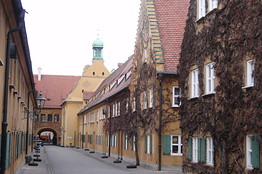I thought the old saw that suicides increase during the holidays–the result, it was assumed, of isolation and despair deepened by the camaraderie ostensibly being enjoyed by everyone else–was an Urban Legend that I was the last to catch on to.
Apparently not. This story by Jim Nichols of the Cleveland Plain-Dealer is a good myth-buster, with some explanations as to how the legend got going, why it remains so durable, and why it’s not true. Nichols quotes Pat Lyden, executive director of the Suicide Prevention Education Alliance of Northeast Ohio, who says the misconception is rooted in a pervasive public misunderstanding of what triggers suicides–and, more importantly, what does not.
“Untreated mental illness, such as depression, bipolar disorder [commonly called manic depression] and anxiety disorder, are the main causes of suicide,” said Lyden, whose nonprofit organization teaches youths about warning signals.
“People, I think, expect more suicides at Christmas because they see people who have the blues, or who have loneliness,” she speculated. “But the blues and loneliness are not the same as major illness. This particular illness affects the brain, in the same way other diseases affect the heart or the pancreas or other organs.”
What remains unexplained, however, is why, according to statistics from the National Center for Health Statistics, December has the lowest suicide rate of any month of the year. Are the holidays in some way an antidote to despair? Is there a lesson there? Or just another myth waiting to be born?

